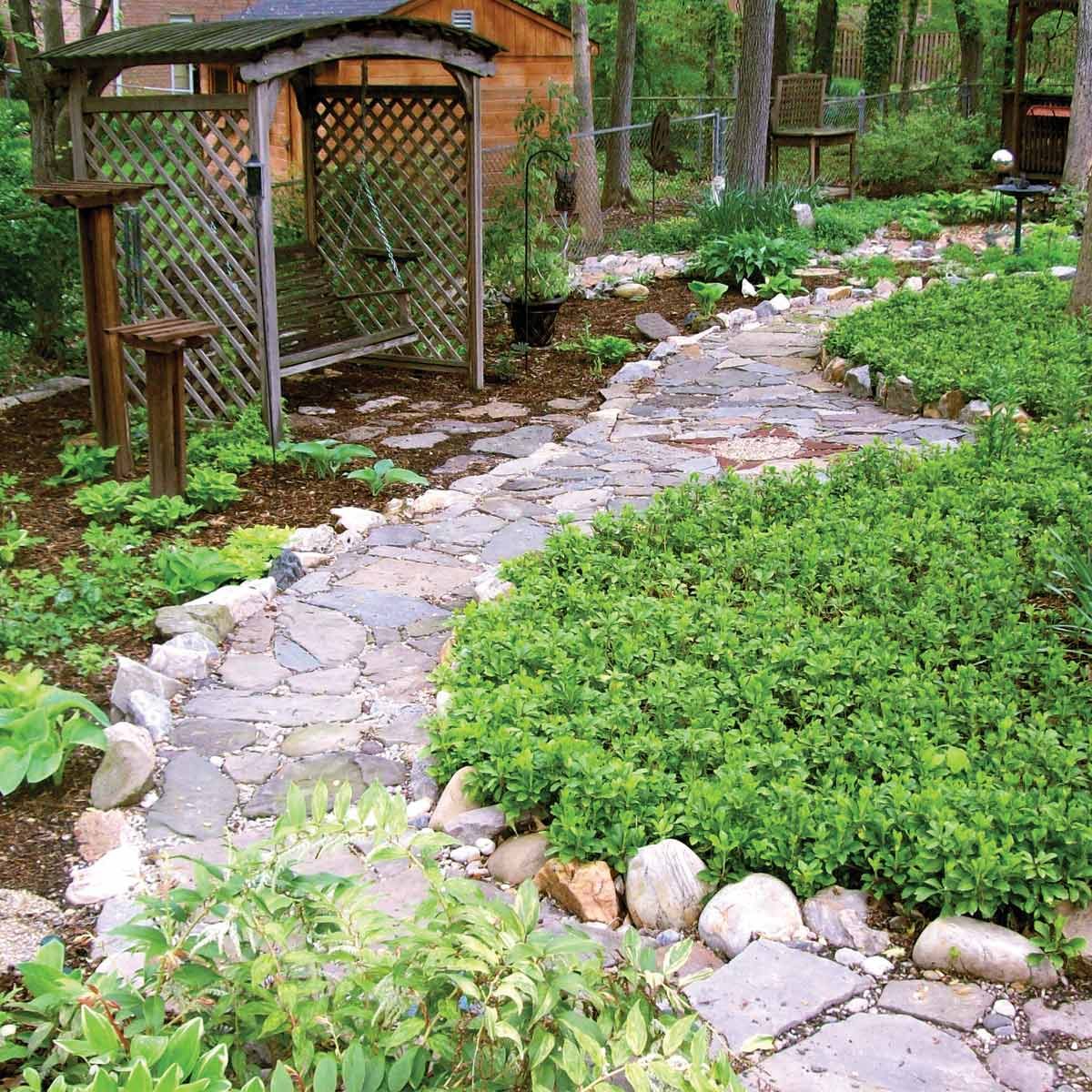17 Lawn Mysteries Explained (And How to Fix Them)

Why Won’t Grass Grow in Shaded Spots?
Problem: “My wife wanted grass, so I tried to grow it many times over the years. But thanks to the heavy shade cast by our oak trees, by mid-summer our backyard consisted of small, lonely tufts of grass surrounded by bare earth.”
Reader Solution: “My solution was to till most of the backyard (when my wife was gone for the day) and create a shade garden. Now that poor, sad grass is just a dim memory, and so far, the garden looks great.” Bob Rogers
Expert Input
A shade garden can be a beautiful way to deal with mature trees. However, planting a garden at the base of a tree can be challenging for both the plants and the tree. Shade isn’t the only issue: “The plants will also need to cope with dry soil and root competition,” says Doris Taylor, a plant information specialist at the Morton Arboretum near Chicago. “And many trees are sensitive to having their roots disturbed.” Taylor offers these suggestions for planting a successful shade garden without harming trees:
- Consult online resources and the local extension service to choose drought- and shade-tolerant plants for your zone.
- Newly established plants of any kind (even drought-tolerant plants) need supplemental water the first year. If the tree hates having its feet (roots) consistently wet, spot-water your new plants.
- Most tree roots are in the top 12 to 18 in. of soil and extend past the canopy. Don’t cover existing tree roots with more than 1 in. of soil or they can suffocate. Tilling near a tree can destroy the fine root hairs that take up water. Instead, plant in the pockets of soil between larger roots and add slow-release organic compost to the individual planting holes. Here’s how to easily identify different trees.
- Don’t plant closer than 12 in. from the trunk, and plant shallow-rooted perennials that don’t require frequent division such as hostas, liriope and sedum.
- Shallow-rooted species like oaks, lindens, magnolias and many maples are sensitive to disturbance and can be easily damaged. Consider adding a bench or planters instead of a shade garden. Plus, try one of these color plants that grow well in a shade garden.
Comments
Post a Comment